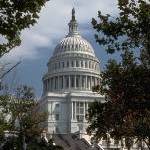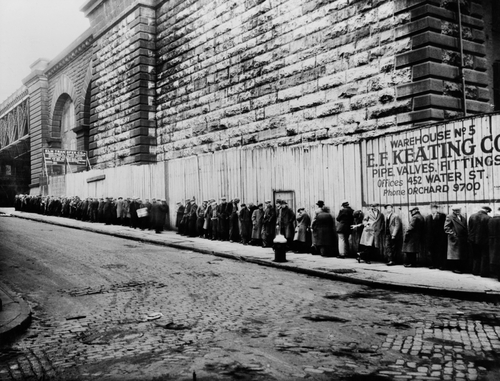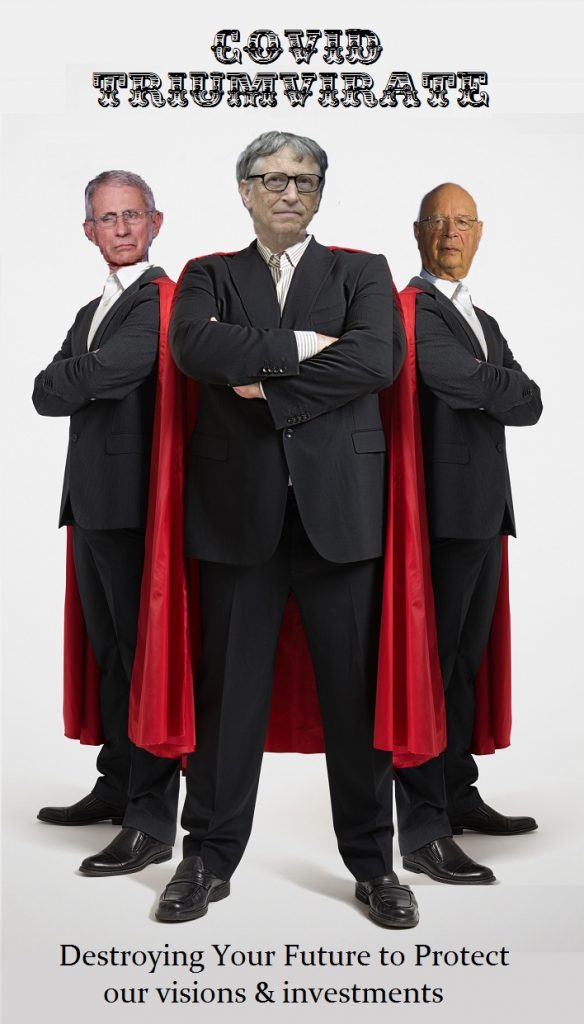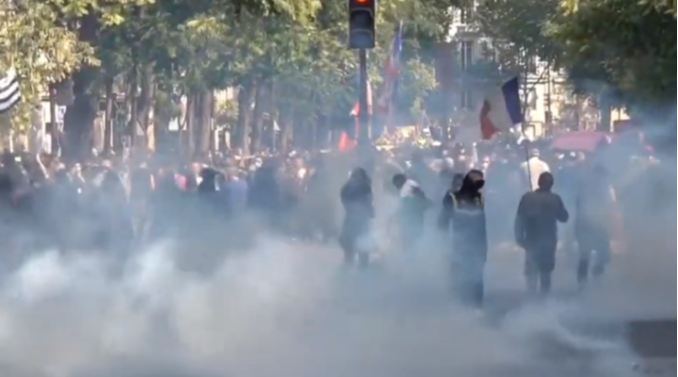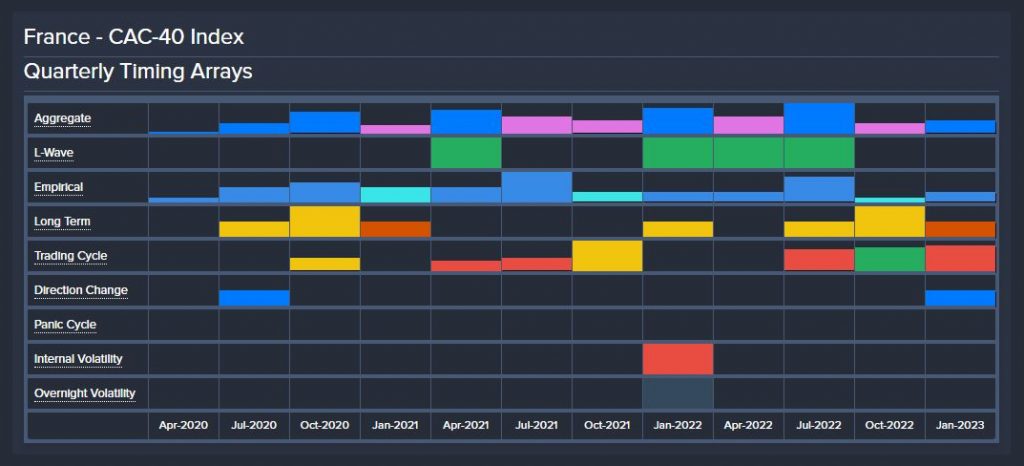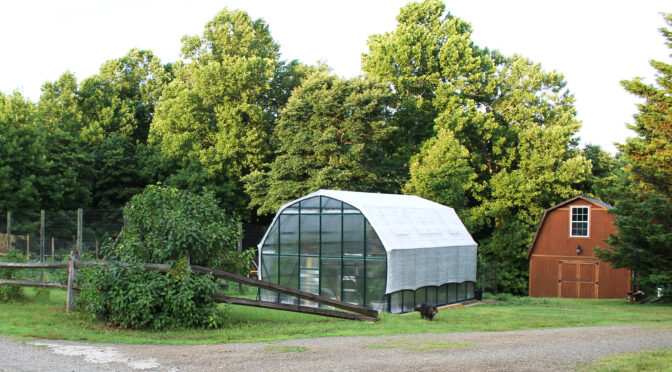Many people thought that COVID-19 would be gone with a short shutdown. They also thought that the world’s economic problems could be cured with a six month “dose” of stimulus.
It is increasingly clear that neither of these assumptions is correct. Despite the claims of epidemiologists, our best efforts have never been able to reduce the number of newly reported COVID-19 cases for the world as a whole for any significant period of time. In fact, the latest week seems to be the highest week so far.

Figure 1. Chart of worldwide COVID-19 new cases, in chart prepared by Worldometer with data through September 20, 2020.
At the same time, the economy, despite all of the stimulus, is not doing very well. Airlines are doing very poorly. The parts of the economy that are dependent upon tourism are having huge problems. This reduces the “upside” of economic recovery, pretty much everywhere, until it can be corrected.
Another part of the world economy doing poorly is clothing sales. For example, many fewer people are attending concerts, weddings, funerals, out-of-town business meetings and conventions, leading to a need for fewer “dressy” clothes. Also, with air travel greatly reduced, people don’t need new clothing for visiting places with different climates, either. Most clothing is bought by people from rich countries but made by people in poor countries. This cutback in clothing purchases disproportionately affects people who are already very poor. The loss of jobs in these countries may lead to an inability to afford food, for those who are laid off.
Besides these difficult to solve problems, initial programs set up to help mitigate job losses are running out. What kinds of things might governments do, if they are running short of borrowing capacity, and medical solutions still seem to be far away?
…click on the above link to read the rest of the article…






